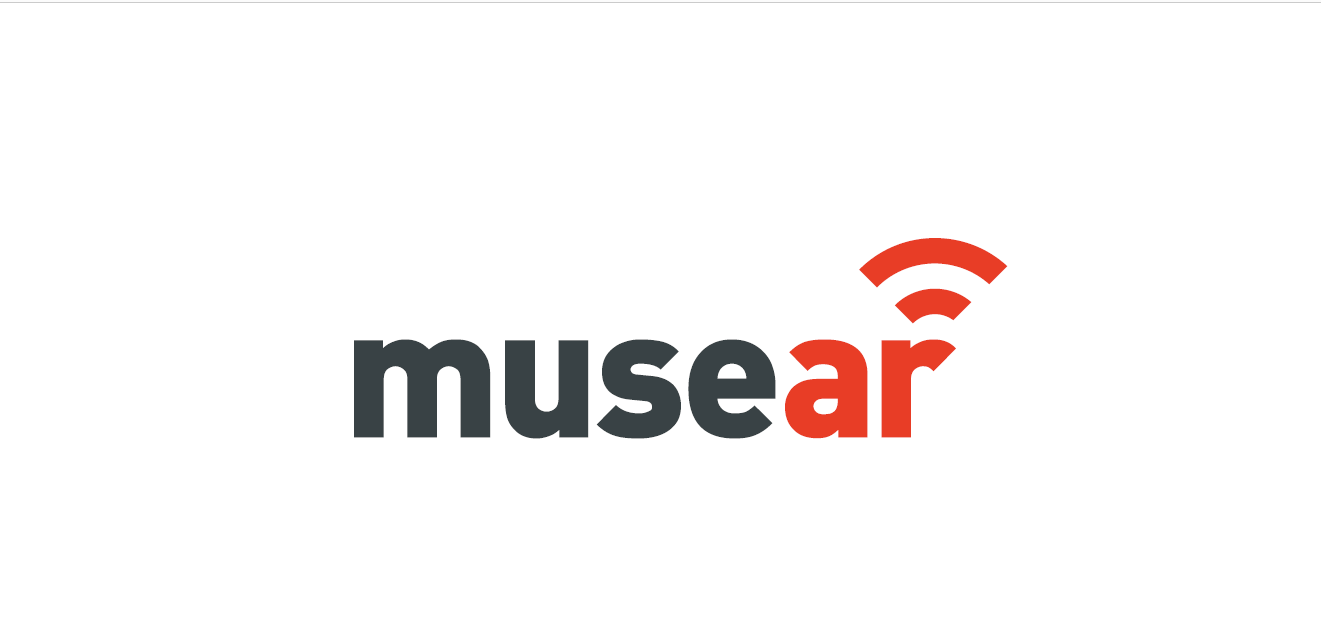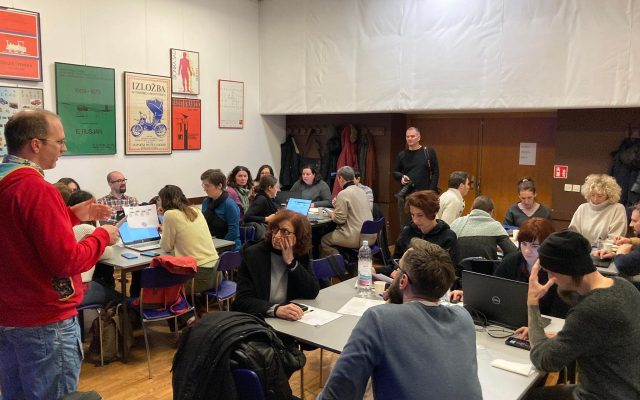Date: December 12 - 13, 2022
Title: MUSEAR Hackathon @Technical Museum Nikola Tesla
Venue: Technical Museum Nikola Tesla, Zagreb
The aim of the hackathon is to promote the MUSEAR platform as a useful and cost-effective tool that will enable professionals, creators, artists, and educators in the field of culture (and elsewhere) to economically and proactively create digital narratives.
Zagreb Hackathon
What is the MUSEAR platform?
The MUSEAR platform is a multi-module digital system that enables easy creation, maintenance and consumption of multimedia mobile applications. The primary purpose of the MUSEAR platform is to facilitate the creation of digital narratives in the field of cultural heritage (museums and galleries) and tourism.
Creating digital narratives in the MUSEAR platform does not require software installation, but editing and publishing presentations is done using a web application within the browser (zero install). MUSEAR presentations are multimedia and enable the display of images, text, sound, videos, 3D models and animations, 360 images and 360 videos.
The interaction within the MUSEAR platform extends from simple transitions between scenes to arbitrarily complex logic that can be programmed in the Lua programming language if desired.
The MUSEAR platform was developed as part of the European project of the same name, by the IT experts, heritage interpreters, and creators who express themselves in digital media.
The goal of the hackathon
A series of hackathons and presentations are held across Europe (Iron Curtain Museum —Gornji Čatar (HU), Lepenski vir Museum – Donji Milanovac (RS), Technical Museum Nikola Tesla — Zagreb (HR), Museo dei bambini di Roma — Rome (IT), Ludwig Museum — Budapest (HU)). The aim of the series of these gatherings is to promote the MUSEAR platform as a useful and cost-effective tool that will enable professionals, creators, artists, and educators in the field of culture (and elsewhere) to economically and proactively create digital narratives. These digital solutions with their flexibility and simplicity of creation, can be a great technological support for permanent installations, temporary exhibitions, city tours, and one-day events.
Who can apply?
Anyone can apply, without restrictions. The event is primarily intended for curators, museum workers, educators, creators in the field of culture and art, and IT experts. Both old and young are invited; and established professionals and students; both programmers and basic computer users. Applications are individual or group (up to 3 participants). The hackathon is held in English. Each group should bring their own laptop to the hackathon (preferably all group members should have it).
How to apply?
Please send an e-mail to renata@novena.hr with a list of participants (group or individiual application) as early as possible, and not later than 9th of December. The required information for each participant are: name, place, year of birth, occupation, employer, mobile phone number, and a valid e-mail. If applying as a group, please give a name to your group. All applications will be confirmed via e-mail or phone, and a detailed schedule will be provided.
Content of the hackathon
At the hackathon, participants create digital presentations of narratives that reinterpret the technical cultural heritage preserved in the Technical Museum of Nikola Tesla in Zagreb. The hackathon lasts two days according to a specific schedule of lectures and group work, where topics are covered with mentors: script development, recording and preparation of digital materials, use of the MUSEAR platform. Lectures are given by professionals in the field of cultural heritage interpretation.
After the lecture, groups of participants design and create their own digital narratives based on the content in the museum space (exhibits). While working with the MUSEAR platform, groups are encouraged to work independently, but mentors are always available with whom they can resolve their doubts.
Each group designs and creates its digital narrative based on one or more museum exhibits in one of the following thematic categories:
Technology and society
→ interpretation of the impact of technical innovation on society – imagination of people’s reactions
→ goal: thinking about how today’s society reacts to innovations in which categories
From yesterday to today
→ comparisons of today’s versions of machines that perform the same or similar function as the old machines in the lineup
→ goal: awareness of continuous technical progress, but also its limitations
Visions of the future
→ speculation about new achievements and announced technologies – how and whether they will successfully replace existing solutions? is the future interesting?
→ target: free topic with arbitrary message
At the end of the event, group presentations are demonstrated and evaluated according to several criteria, and the winning team is declared. The winning team will gain support to finalise a working presentation for their museum/venue. Also, all participants will have free access to the platform in at least one year.







